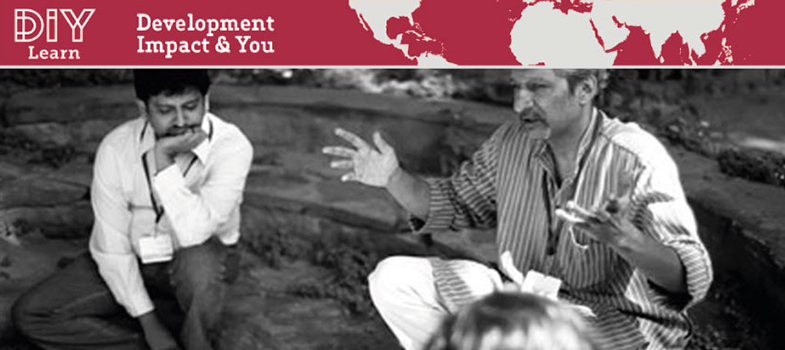1 The purpose and benefits of a Theory of Change model
Development is a results-driven sector. Those involved in delivering development projects are accountable to a range of stakeholders, including people directly affected – primary stakeholders or beneficiaries – as well as partners, donors and groups within their own organisations. A rigorous approach to a development problem involves critical analysis of all of the key steps that must take place in order to achieve the desired social change.
The Theory of Change is termed a ‘theory’ because development pathways are complicated and can be difficult to predict. For the same reason, throughout this module the word ‘model’ is used to describe the process or the tool. Through developing a Theory of Change, you can identify and analyse a range of interrelated elements to help ensure you are on the right path. You can also challenge key assumptions and mitigate risks. A well-planned Theory of Change can help ensure that the project framework is fit for purpose and therefore more likely to lead to the desired changes.
Critically, a Theory of Change must be the result of an effective participatory process where stakeholders work together to define and refine the model. The stakeholders are then more likely to own the result, increasing the likelihood of project success as well as enhancing accountability.
Figure 1 summarises the key purposes and benefits of a Theory of Change.

Activity 1
Now have a closer look at the Theory of Change template used in the DIY Toolkit. As you do so, think about a project you are familiar with or have been involved in. What was the ultimate aim or goal of the project? Can you briefly identify various elements of the project design that could fit within the template?
You will work through the Theory of Change in more detail later in the module. For now, the point of this first activity is to begin to think about how elements of the Theory of Change are sequentially linked. Long-term change is the result of a sequence of steps. Each step involves assumptions about people’s behaviours and motivations as well as external factors that may be beyond the control of stakeholders.
Note your thoughts in the box below.
Introduction
